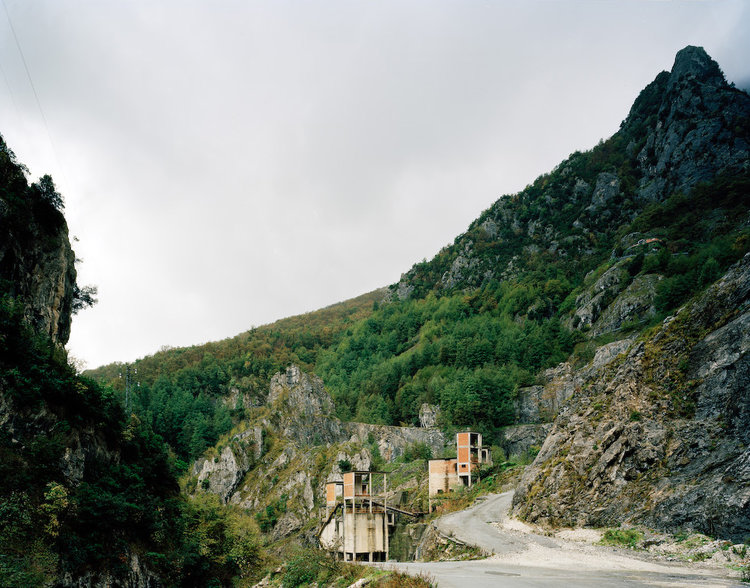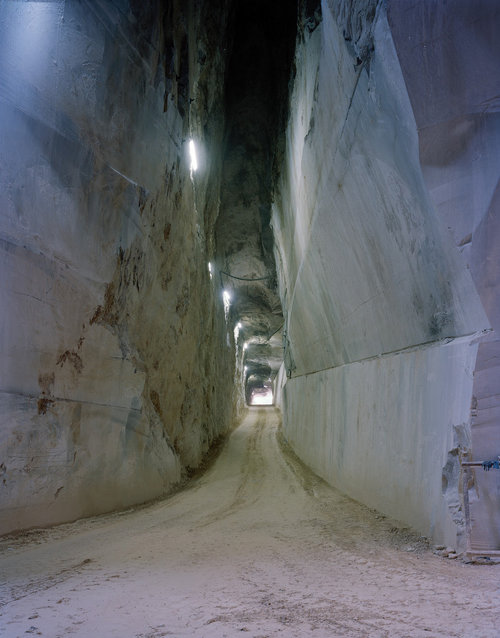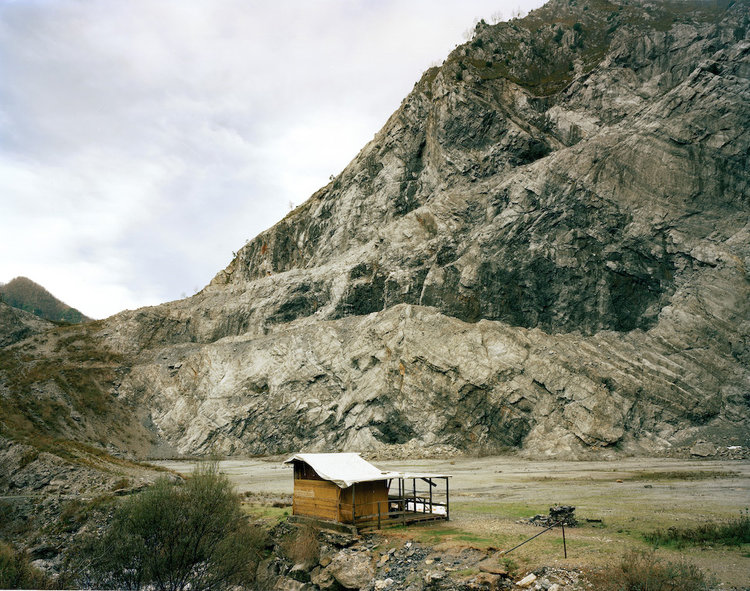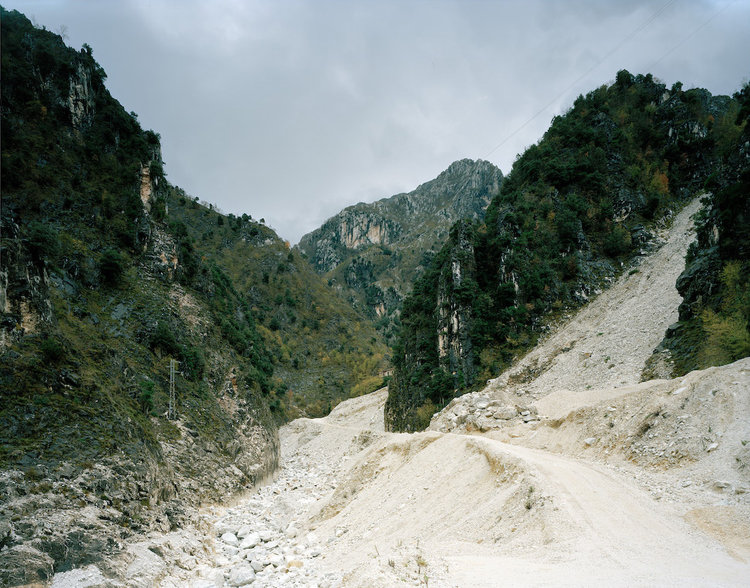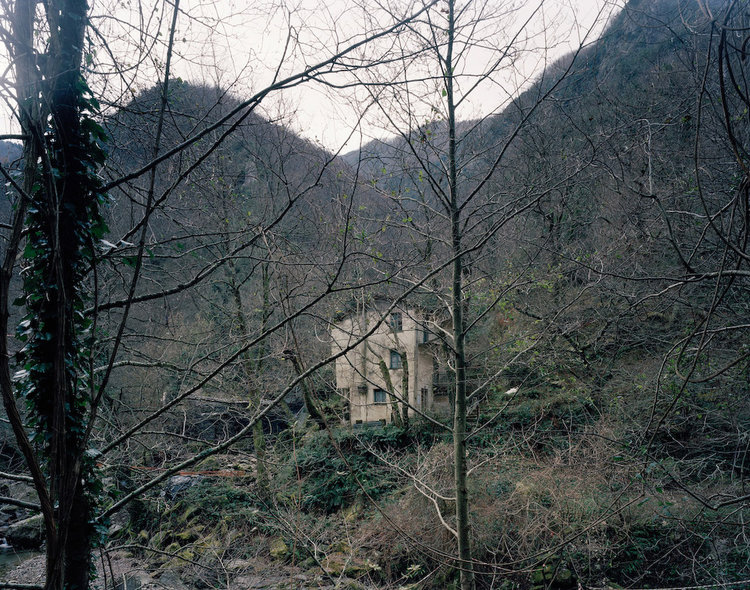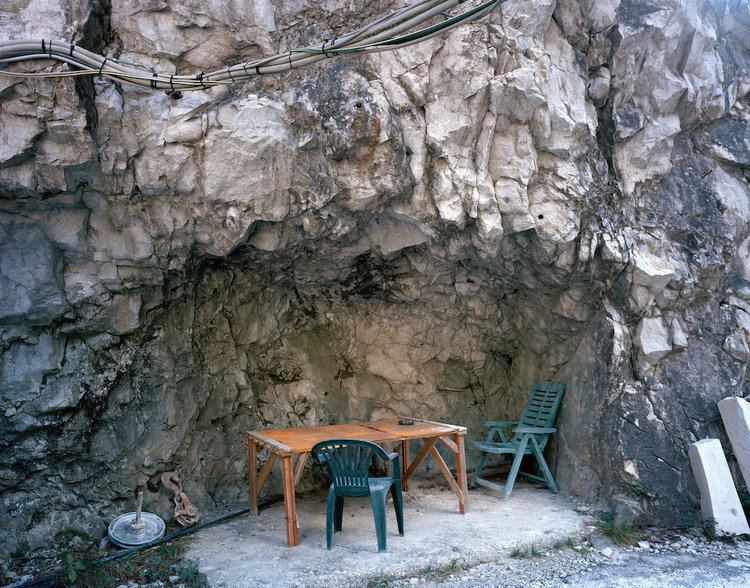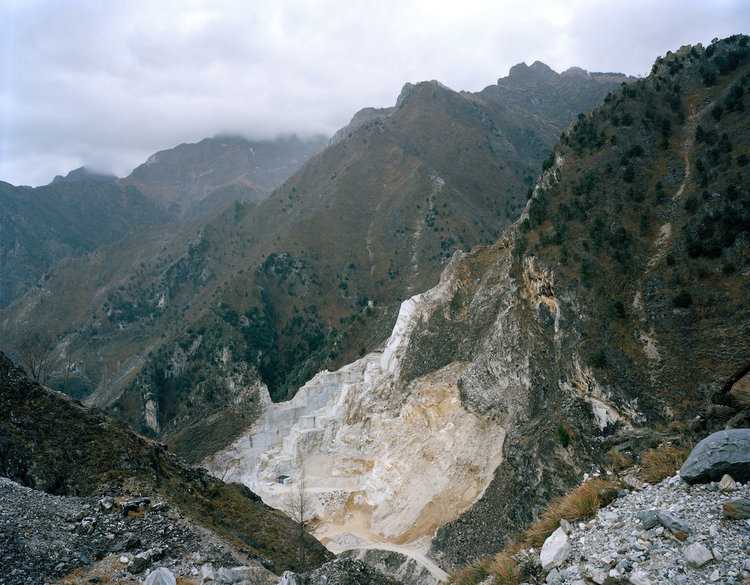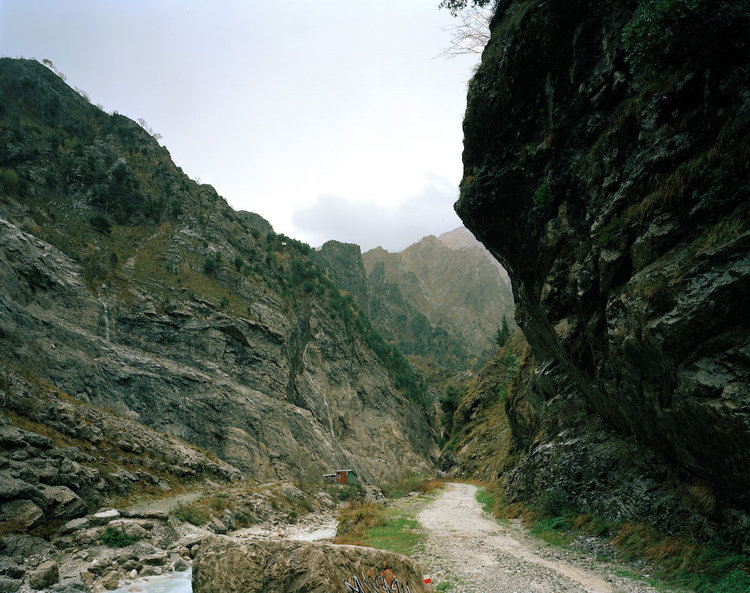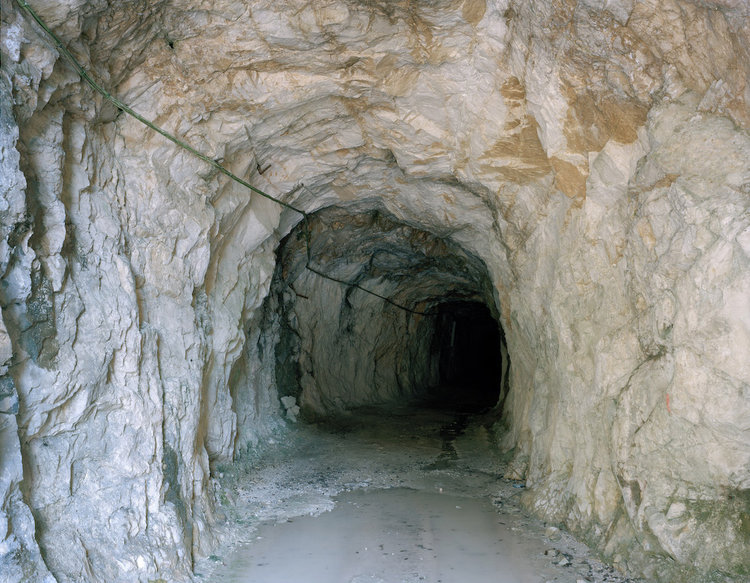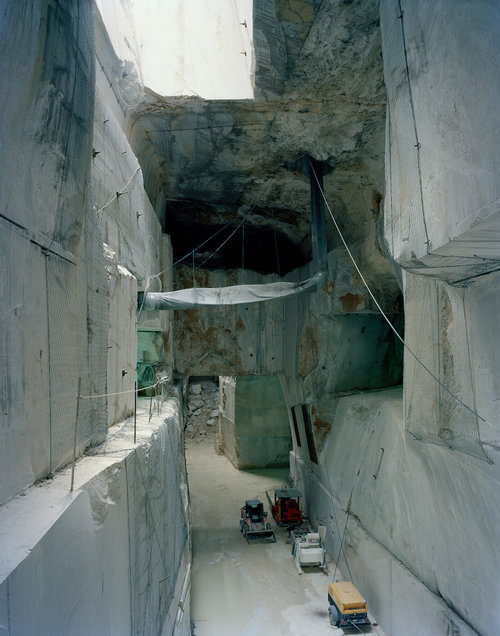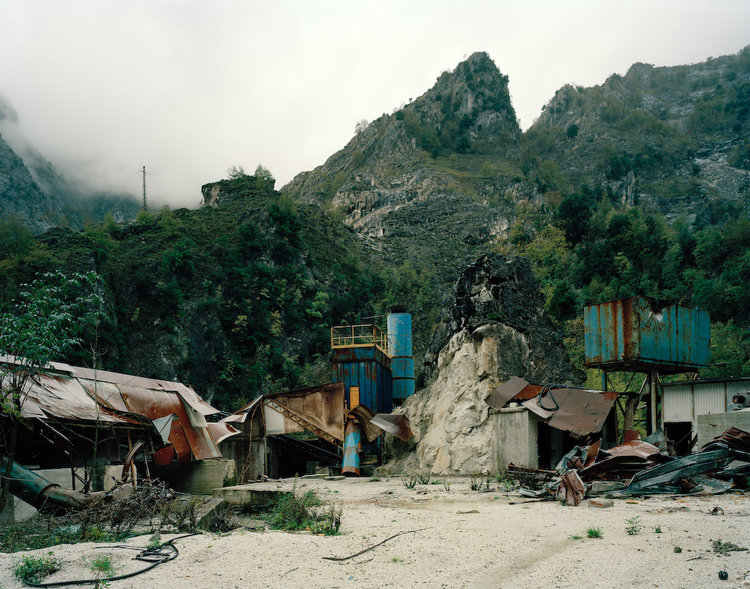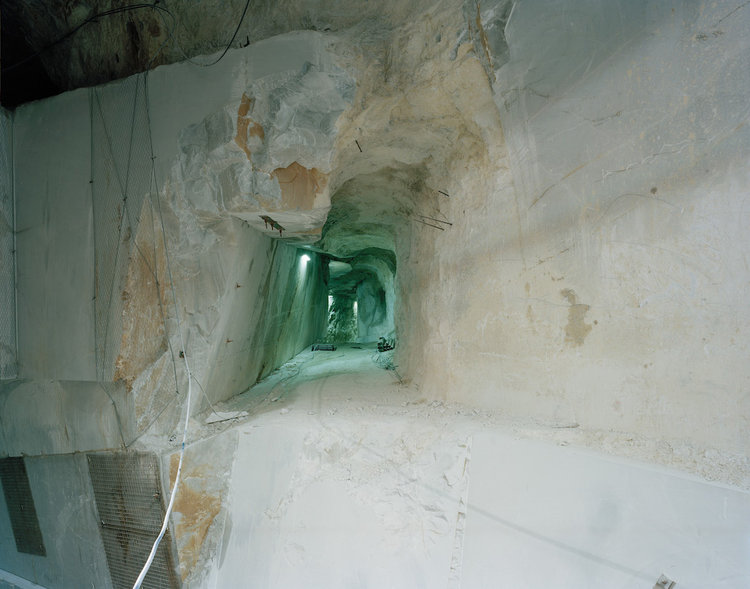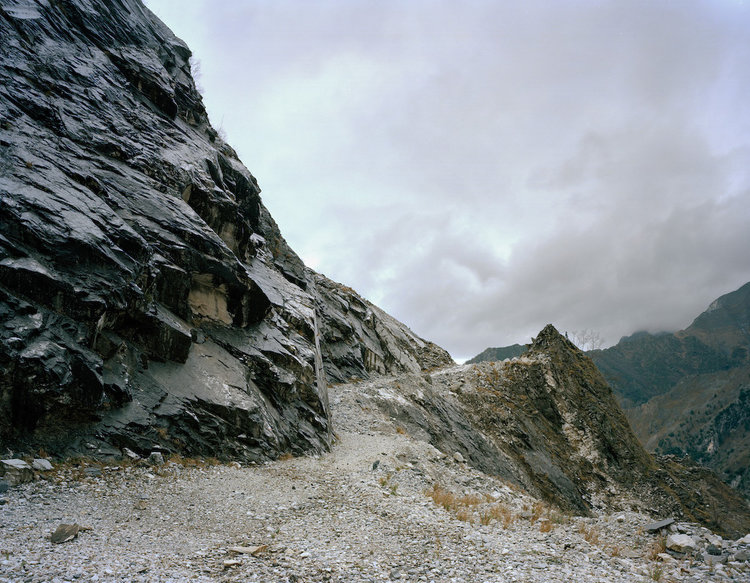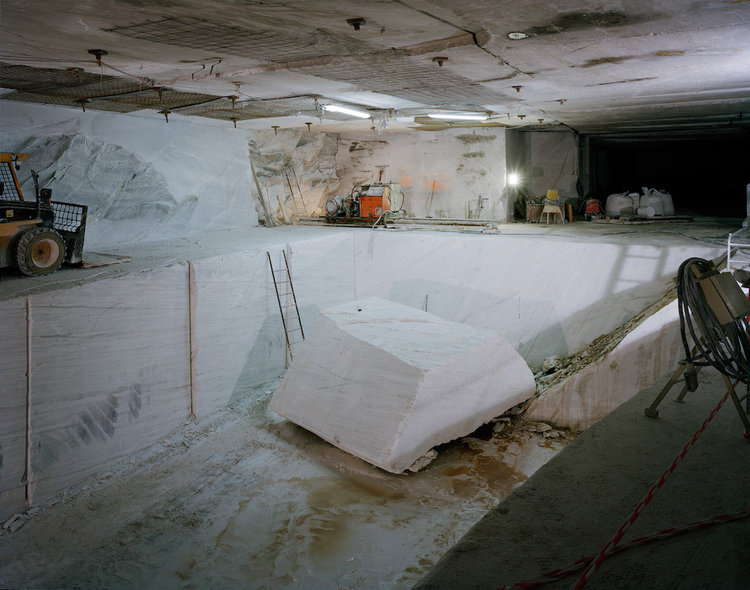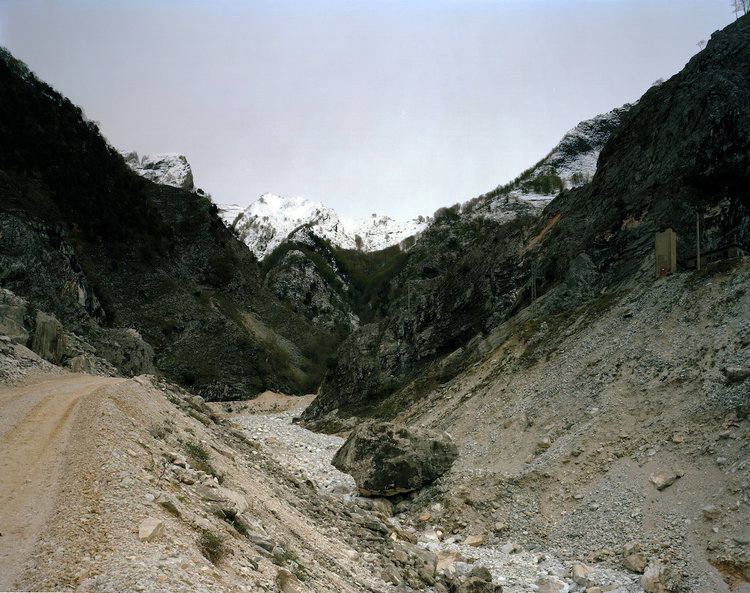AN EMPTY VALLEY
BY ETTORE MONI
Ettore Moni was born in Parma in 1967, where he attended the Institute D'Arte. Self-taught photographer, begins with a photograph of the scene in theater and then get to important collaborations, including Republic and Anna. At the beginning of the new millennium moves in to New York and worked as a fashion photographer.
After that, he returns to Italy, where he devoted himself to a 4 × 5, beginning a personal journey through photography documentation and landscape. Since 2014, he collaborates with IO Donna, Rum Magazine and many other international newspapers.
He published also on: c41 Magazine, Artwort Magazine, Fotografia Magazine, Domus, Intern Magazine, LensCratch, GBlog Gessato, Darwin Magazine, Formagramma Visual Arts WebZine, GUP Magazine, Pool Resources, Dodho Magazine, etc.
His last performance with the project “An Empty Valley” was hosted on the Festival of Photography in Reggio Emilia, in Castelnuovo Photography, and in galleries in Crema, Massa, Parma, etc.
synopsis
The rays of sunshine barely reach out to here, let alone the first pages of magazines and the flashes of photographers.
Forno is no place you would get to by chance. Better, you may get here by chance, but it's not by chance that you'd come back.
Here, all voids are filled. Filled with stories about courage – that of an abandoned valley and of those who still live here, among all its wounds, contradictions and natural limits.
On one side its tough nature hardly allows space for man-made constructions, yet on the other side it lets quarriers reach its very heart with their apparently unnatural lengthwise cuts, which in fact follow the geological patterns of marble layers.
The antagonist here, if there is one, is history, which is always so severe as a teacher: e.g. with an industrial revolution, whose – mainly negative – effects have affected the valley, and the massacre of about a hundred people.
This is why it is of little importance if Forno is barely reached by the rays of sunshine, because here I could actually arrive. And I came back.
After all, in Forno one could well imagine to be able to look at the sea from the 'Dolomites' or to walk on the austere lunar soil. One may also find a shepherd writing poetry, a quarrier with a university degree, or a sculptor considering his solitude an opportunity; and even meet a hunter who prefers using his legs for trekking to using his rifle for killing.
editor's note
Our aim is to disseminate and bring to light telling work of emergent or young photographers

